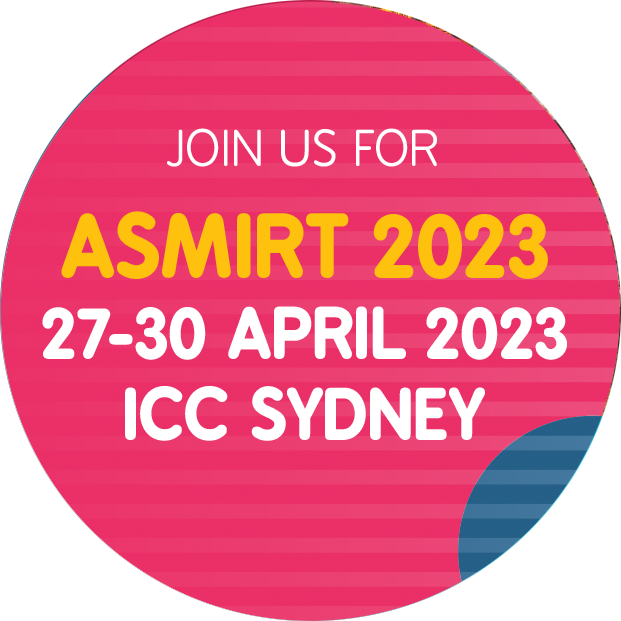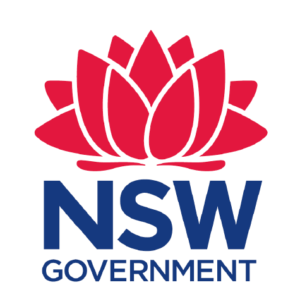What is your current role?
Medical Science Liaison for GE Healthcare in Oncology, specifically breast oncology, supporting the scientific and investigational use of radiotracers to improve the imaging and diagnosis of breast cancer.
What is your role within SNMMI-TS?
I am a Past-President of SNMMI-TS, most famously known for being the only president to have had a completely virtual presidency as it co-existed during the global COVID-19 pandemic!
What was your motivation or inspiration to first become a nuclear medicine technologist and second, to undertake research in nuclear medicine?
I stumbled on nuclear medicine while exploring other career options in medicine/health care and was enthralled by the systemic physiology of the science and the ability to image these processes. To the research end, I was fortunate to start my careers as a nuclear medicine technologist at an academic institution where I had great scientist research mentors and where we often served as a site for early- and late-phase clinical trials. That early
exposure introduced a love for clinical research that I was able to draw on throughout my career and what ultimately set me on a course for obtaining a doctorate degree.
Is this your first trip to Australia?
Yes! I was intended to speak at the ANZSNM meeting in March 2020 as the then SNMMI-TS President, but that trip was cancelled at the outbreak of the COVID-19 pandemic. I am excited to visit Australia and it has been a life-long aspiration of mine to hug a koala!
Other than the ASMIRT 2023 Conference, what are you looking forward to most about your visit? Do you have any other activities planned?
As an invited international speaker in several countries, throughout the years I have had the opportunity to meet many wonderful colleagues from across the globe and several of whom are from Australia. I am looking forward to finally seeing my Australian colleagues on their own land. I would also love to tour Sydney while in town.
What are the opportunities and challenges that confront nuclear medicine technology?
There has been an unprecedented explosion of diagnostic and therapeutic novel tracer approvals in the US over the past few years, with several more tracers under active investigation. The utilisation of positron emission tomography imaging and radiopharmaceutical therapy growth is unparalleled to anything we have seen previously. While that surge in utilisation will demand an increase in nuclear medicine technologists to perform these procedures, there will also be a need further educate our technologists on the intricacies of these novel tracers as well as pre- and post-clinical care in the therapeutic space. The challenge to find the optimal way to educate and train nuclear medicine technologists in these rapidly evolving areas continues to be an important focus for many professional societies and organisations.
What is the most exciting aspect of nuclear medicine on the table right now?
Precision oncology and individualised care is the future of medicine. With the continued development of novel receptor-targeted tracers we continue to advance in precision medicine both in diagnosis and in therapy, and one that nuclear medicine and molecular imaging, in collaboration with multi-disciplinary care teams, continue to pave the way foward. It is an exciting time to be involved in nuclear oncology.




Please feel free to contact us if you need more information
Phone: +613 9419 3336
Email: conferences@asmirt.org